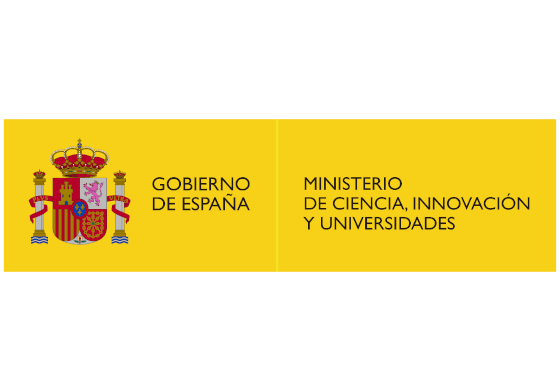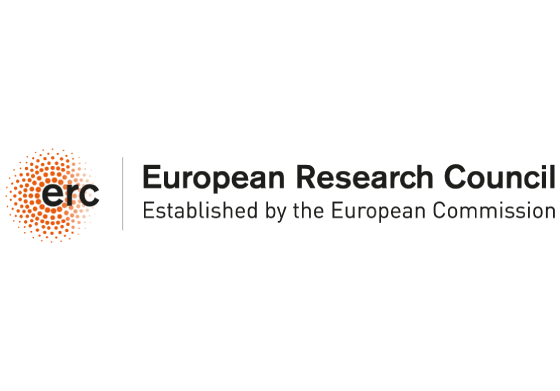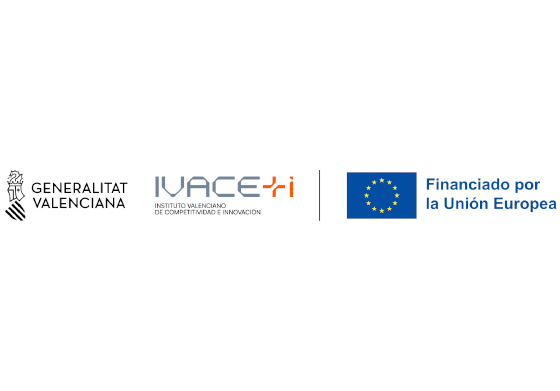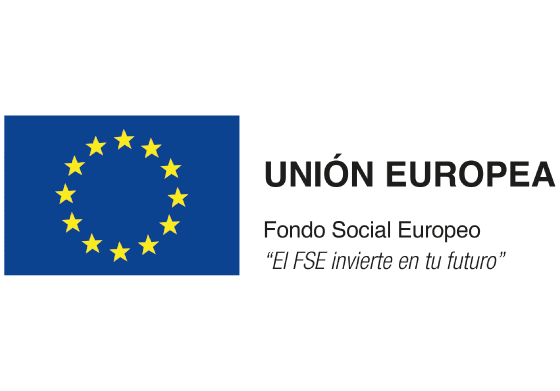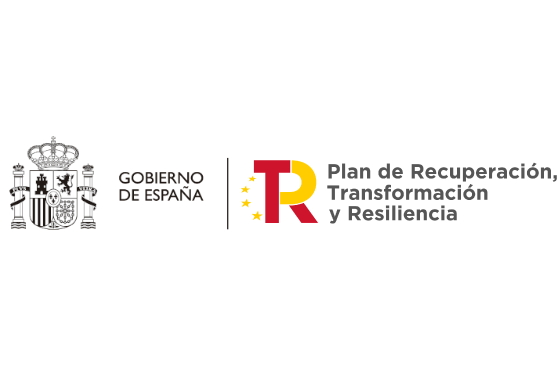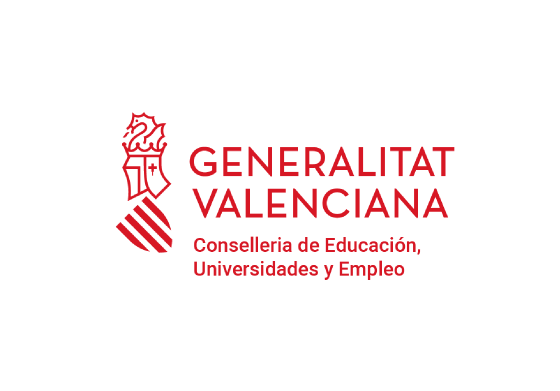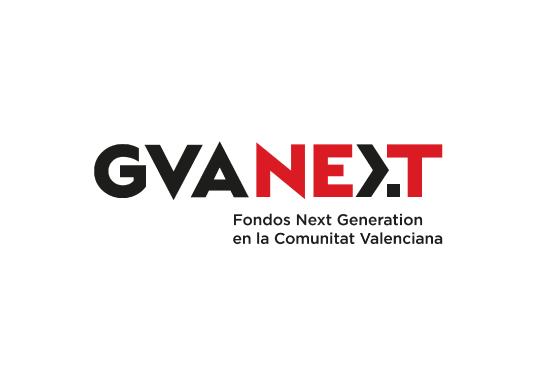Invited seminarAuthor: Prof. Nilay Hazari
Affiliation: Yale University
When: Wednesday, February 13, 2019 - 12:00 to 13:00Where: Seminari NA1123DS. Edif. Invest. I
Presented by: Eduardo Peris
Abstract:
Given the steady decline in the world’s fossil fuel reserves and the potential environmental consequences of continued fossil fuel use, there is considerable interest in the utilization of alternative carbon sources. Carbon dioxide is a particularly attractive feedstock owing to its high abundance, low cost and toxicity, and relative ease of transport. Formic acid and methanol are especially promising targets for the catalytic conversion of carbon dioxide. Both are valuable commodity chemicals, which are synthesized on a large scale, and could also be used as materials for chemical hydrogen storage. In this presentation the development of a series of pincer supported iron complexes for the catalytic hydrogenation of carbon dioxide to formic acid and methanol and the dehydrogenation of formic acid and methanol will be described. The important role that that Lewis Acids play in facilitating this process will be discussed, as well as the results of fundamental mechanistic studies to elucidate the factors that are important in determining the rates of the elementary steps in catalysis.
Biography:
Member of Yale faculty since 2009
Research Research in the Hazari group involves synthetic inorganic and organometallic chemistry, with an emphasis on reaction mechanisms and catalysis. The long term goal of most projects is to develop homogeneous transition metal catalysts for chemical transformations, which could result in the development of more energy efficient and affordable industrial processes. Furthermore, we believe that it is important to understand reaction mechanisms, as this can play a crucial role in improving catalysts. A variety of techniques including multinuclear NMR spectroscopy, IR and UV-Visible spectroscopy, mass spectrometry, X-ray crystallography, isotopic labelling studies and computational chemistry are used to characterize compounds and investigate reaction mechanisms. In addition, the Hazari group collaborates with Professor André Taylor’s group in the Chemical and Environmental Engineering Department at Yale to incorporate small organic and organometallic molecules into Carbon Nanotubes and Organic Photovoltaics.
More specifically, projects in the group relate to: (1) the development of catalysts for the hydrogenation of carbon dioxide into formic acid and methanol and the reverse dehydrogenation of formic acid and methanol into carbon dioxide and hydrogen; (2) the design and synthesis of catalysts for the incorporation of carbon dioxide into organic molecules; (3) understanding the pathways of activation for well-defined Ni and Pd precatalysts for cross-coupling and the synthesis of new precatalysts for cross-coupling; (4) the development of small organic and organometallic molecules to dope Carbon Nanotubes for applications in electronics; and (5) the synthesis of dye molecules which can participate in Förster Resonance Energy Transfer in Organic Photovoltaics. In most of the Hazari groups’ research computational chemistry is used to support experimental observations.
Website: https://hazarigroup.yale.edu/

